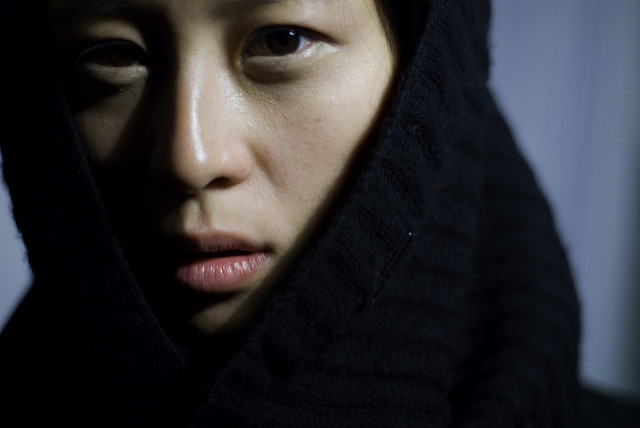5 Prevailing Causes of Human Trafficking

Likened to modern slavery, human trafficking is driven mostly by similar motivations to those of slavery. The Department of Homeland Security defines human trafficking as the “illegal trade of humans for exploitation or commercial gain.” Exploitation frequently involves forcing victims into prostitution or slavery. Human trafficking can be separated into sex trafficking and labor trafficking. Though they have different purposes, there are general trends that explain the overall root causes of human trafficking.
According to a 2012 International Labour Organization (ILO) report, 21 million people are victims of forced labor. The Asia-Pacific region accounts for the largest number of forced laborers in the world with 11.7 million victims (56 percent of the global total), followed by Africa with 3.7 million (18 percent) and Latin America with 1.8 million victims (nine percent).
According to the Huffington Post, approximately 75 to 80 percent of human trafficking and slavery is for sex. The rest are forced into labor exploitation, such as agriculture and construction work. In 2015, 5,544 cases of human trafficking were reported, as stated in a study by the National Human Trafficking Resource Center.
Top 5 Causes of Human Trafficking
- Poverty, war, natural disasters and a search for a better life. Traffickers look for people who are susceptible to coercion into the human trafficking industry. Those people tend to be migrants, fleeing their homes either because of economic hardship, natural disasters, conflict or political instability. The displacement of populations increases individuals’ emotional vulnerability, and frequently they do not have the financial support to protect themselves. This makes them subject to abuse through trafficking.
- Women and children are targets. In some societies, the devaluation of women and children make them far more vulnerable to trafficking than men. Traditional attitudes and practices, early marriage and lack of birth registration further increase the susceptibility of women and children. They are also targeted because of the demand for women in sex trafficking. A report by Equality Now states that 20.9 million adults and children are bought and sold worldwide into commercial sexual servitude, forced labor and bonded labor. Women and girls make up 98 percent of the victims trafficked for sexual exploitation.
- Demand for cheap labor. The service industry, particularly restaurants and kitchens, are common exploiters of human trafficking. There is also a demand for cheap domestic and agricultural labor. Employees are often initially promised a safe work space and a steady salary, only to later find that they are paid less than minimum wage and worked over time. Business owners guilty of this behavior continue to practice these illegal norms because the victims of trafficking can rarely protect themselves and they have very few alternatives.
- Human trafficking generates a huge profit. According to the ILO, the human trafficking industry generates a profit of $150 billion per year. Two-thirds is made from commercial sexual exploitation, while the remainder comes from forced economic exploitation such as domestic work and agriculture. Human trafficking is the fastest-growing and second-largest criminal industry in the world, after drug trafficking.
- Cases of human trafficking are difficult to identify. Some challenges in identifying victims of human trafficking arise because victims are well-hidden or highly traumatized. Those that are traumatized are unlikely to divulge information to investigators, either because they are scared to confront law enforcement, or because they are too troubled to respond. Consumers of human trafficking also contribute to the crime’s hidden nature, according to a report by the Urban Institute. Both traffickers and consumers are aware of the huge risk they take by participating in this illegal behavior and will do their best to cover up any illicit activity.
Initiatives to diminish these causes of human trafficking include international cooperation agreements, national policies against trafficking, improved immigration policies that can detect the exit or entry of humans being illegally trafficked, and increased infrastructure to protect those that are being exploited for labor or sex.
– Michelle Simon
Sources: The Atlantic, US State Department, Urban Institute, International Labour Organization, Restaurant Opportunities Centers United, UNICEF, National Human Trafficking Resource Center, Huffington Post, The Department of Homeland Security, Equality Now
Photo: Flickr
